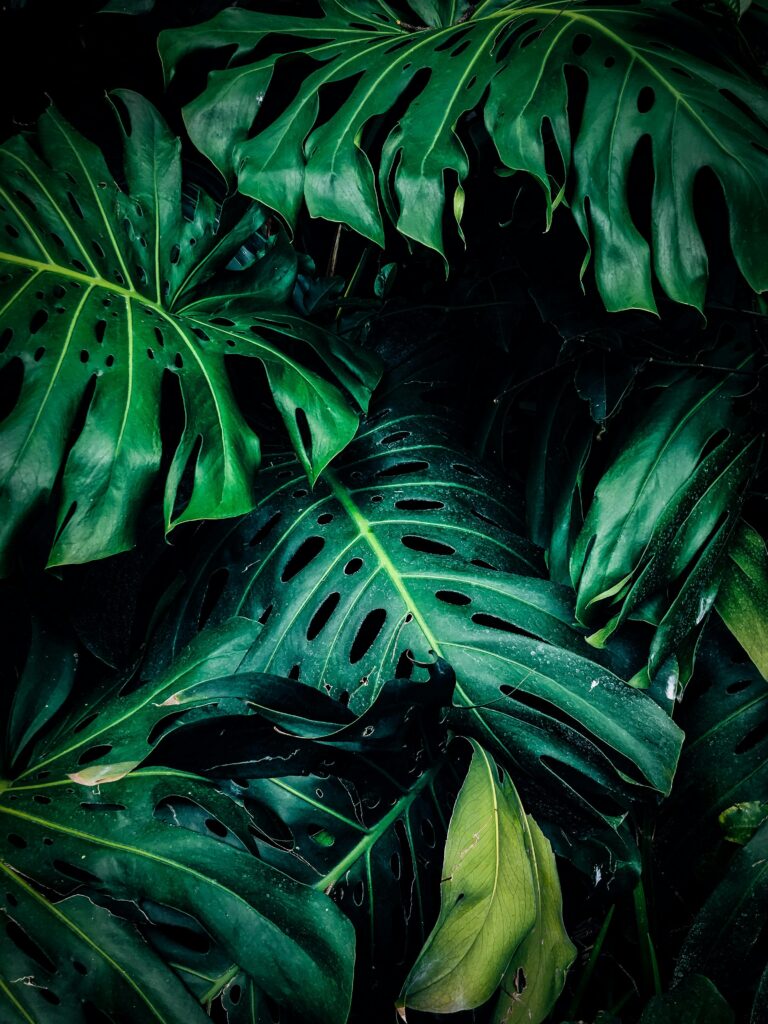Definition of Kuchidoke in the matcha glossary

Defining the Science of Matcha Temperature
Temperature affects matcha preparation at the molecular level. Water temperature influences which compounds dissolve and how quickly they extract from the powder. Between 160-175°F (70-80°C), the delicate balance of L-theanine, catechins, and caffeine creates the characteristic matcha flavor profile.
Lower temperatures (140-160°F) highlight natural sweetness and preserve heat-sensitive vitamins. This range emphasizes umami while minimizing bitterness. Higher temperatures (175-185°F) increase extraction speed but risk overwhelming bitterness as catechins extract more aggressively. Water above 185°F can burn matcha, destroying chlorophyll and creating harsh, unpleasant flavors.
Temperature Control Methods: Infrared thermometers provide instant surface readings, while probe thermometers offer precision. Traditional methods estimate temperature by water appearance—small bubbles forming at 160°F, gentle steam at 170°F.
Seasonal adjustments reflect traditional practice. Summer preparations use cooler water (140-160°F) for refreshing qualities, while winter calls for fuller temperature (170-180°F) for warming properties. These modifications acknowledge matcha’s role in seasonal harmony.
Mastering Traditional Ratios
Traditional usucha (thin tea) employs 2 grams matcha to 70ml water, creating a 1:35 ratio. This proportion provides sufficient dilution while maintaining characteristic flavor. Ceremonial grade matcha performs optimally at this ratio, with natural sweetness balancing any astringency.
Koicha (thick tea) uses 4 grams matcha with 40ml water, achieving a 1:10 ratio that creates paint-like consistency. Only highest grade matcha suits this concentration—any bitterness becomes unbearable when concentrated. The intense preparation serves ceremonial purposes rather than casual consumption.
Western preferences often favor dilution, using 1-1.5 grams matcha with 120-150ml water for approachable introduction. This lighter preparation reduces intensity while maintaining beneficial compounds. Conversely, some practitioners prefer stronger 3 grams to 70ml ratios emphasizing robust flavor.
Adjusting Parameters for Matcha Grade
Culinary grade matcha requires different parameters than ceremonial grades. Higher temperatures around 180°F help extract flavor from robust leaves, while increased water ratios offset inherent bitterness. Use 1 gram culinary matcha to 100ml water for basic preparation.
Premium ceremonial grades benefit from precise temperature control between 165-175°F. These grades possess delicate flavor profiles that temperature extremes can destroy. The 2:70 gram ratio remains ideal, though personal preference may adjust within 1.5-2.5 grams.
Entry-level ceremonial matcha tolerates slight temperature variations better than top-tier grades. These grades work well between 160-180°F, offering flexibility for beginners developing technique. The standard 2:70 ratio provides reliable results across quality levels.
Cold Preparation Calculations
Cold water extraction requires different ratios compensating for reduced solubility. Use 3-4 grams matcha per 200ml cold water, shaking vigorously to overcome surface tension. Extended contact time of 2-4 hours allows complete extraction despite temperature limitations.
Some compounds remain less accessible in cold preparation, creating different flavor profiles emphasizing sweetness over umami. Cold brewing reduces catechin extraction, minimizing bitterness while highlighting natural sweetness. This method particularly suits lower-grade ceremonial or premium culinary matcha.
Ice preparations require concentrated ratios accounting for dilution. Prepare double-strength matcha using 4 grams per 70ml hot water, immediately pouring over ice equal to original water volume. Rapid cooling preserves volatile compounds while achieving standard strength through controlled dilution.
Optimizing Whisking Technique
Proper whisking technique significantly impacts matcha quality regardless of temperature and ratio accuracy. The traditional bamboo whisk (chasen) creates superior foam compared to alternatives. Its multiple tines generate turbulence that evenly distributes matcha particles while incorporating air.
Begin whisking with gentle scraping motions to combine powder with water. Then transition to rapid zigzag movements using primarily wrist action. This technique creates fine, stable foam—the hallmark of properly prepared matcha. Whisking duration typically requires 30 seconds to develop microfoam.
Pre-Whisking Preparation: Soak the bamboo whisk in warm water for 1 minute before use. This softens bristles, making them more pliable and less likely to break. Sifting matcha powder before whisking removes clumps, ensuring smooth texture.
Electric frothers offer convenience but produce larger bubbles and less refined foam. When using frothers, increase whisking time and work in circular motions to improve foam quality. Traditional preparation with a chasen remains superior for achieving optimal texture.
Advanced Ratio Adjustments
Personal preference guides ratio refinement beyond traditional standards. Some practitioners prefer stronger preparations using 2.5-3 grams per 70ml water, accepting increased intensity. Others favor lighter 1.5 gram preparations emphasizing subtle flavors over bold character.
Latte preparations require concentrated matcha base before adding milk. Use 2 grams matcha with 30-40ml water to create concentrate, then add 150-200ml steamed milk. This approach prevents dilution from overwhelming matcha flavor while maintaining creamy texture.
Culinary applications demand different ratios entirely. Baking typically uses 1-2 teaspoons per recipe, while smoothies may incorporate 1-2 grams per serving. These preparations benefit from culinary grade matcha, where other ingredients provide dilution and complementary flavors.
Troubleshooting Common Issues
Bitter matcha often results from excessive temperature or over-extraction. Reduce water temperature by 5-10°F and ensure whisking duration doesn’t exceed 45 seconds. Consider using less matcha powder or switching to higher grade with naturally sweeter profile.
Weak flavor indicates insufficient matcha or excessive dilution. Increase powder amount by 0.5 gram increments until desired intensity develops. Alternatively, reduce water volume while maintaining proper whisking technique to concentrate flavor.
Clumpy texture stems from inadequate whisking or skipping sifting step. Always sift matcha before preparation and whisk vigorously for full 30 seconds. If clumps persist, the matcha may be low quality or improperly stored, affecting particle size and suspension ability.
Frequently asked questions
We’re here to help with all your questions and answers in one place. Can’t find what you’re looking for? Reach out to our support team directly.
Discussion: Definition of Kuchidoke in the matcha glossary





